How To Use a Metal Detector To Find Gold Nuggets
Find Gold Nuggets
The use of metal detectors to find gold nuggets is something that’s relatively new. In the early days of gold prospecting, everything was done with basic tools like pans and pickaxes. While traditional pans are still arguably the easiest and most effective tool used to find gold, technological breakthroughs and advancements with metal detectors has opened up a new whole new realm of possibilities for the hopeful prospector. If you’re looking for a fun and exciting alternative to panning, you should try metal detecting for gold. As long as you follow some basic steps and know how to use your new equipment, you shouldn’t have a problem finding gold with your metal detector.
If you’ve ever been to a crowded beach, chances are you’ve seen people combing the sandy shores and water with their metal detectors. In fact, many people make a full-time living by finding and selling lost rings, watches, necklaces and money that become buried in beach sand. With millions of people visiting the beach each year, it’s inevitable that some of their metallic jewelry will get lost in the water or on the beach. In addition to finding lost jewelry, however, metal detectors are also useful for finding gold nuggets.
First and foremost, you must decide how serious you are about the metal detecting and what you plan to get out of it. There are dozens of entry-level models that sell for $100-$200 bucks a piece, while some of the higher-end models are priced well over $1,500. While a high price tag doesn’t always mean it’s the best choice, the more expensive models tend to be more effective at finding gold nuggets. Depending on the size, a single gold nugget can sell for hundreds of dollars, so you can easily fetch a return on the investment of a high-quality metal detector.
Choosing The Right Metal Detector
While there are many different types of metal detectors, most of them work in the same manner – they feature a coil built into the base that turns into an electromagnet when it’s powered on. This electromagnet then scans the surrounding ground in search of metals that interact with it, such as gold. If a metal is discovered in the ground, an audible sound will alert the user to its presence.
Thanks to the advancements in modern technology, the market is literally flooded with different types and models of metal detectors. While this enormous selection helps to create a “buyer’s market” with low prices, it also makes it difficult for beginners to get started in the hobby. If you plan to search for gold rings, necklaces and other jewelry, then you’ll want to choose a metal detector made specifically for finding jewelry. On the other hand, if you plan to use it for finding gold, you’ll want a detector that’s designs specifically to find gold nuggets. Typically, metal detectors designed to find gold nuggets are a bit more expensive, so be prepared to spend more on a suitable model.
Induction Balance vs Pulse Induction
Most metal detectors fall under the category of induction balance or pulse induction, both of which are effective at finding gold. With induction balance (VLF) models, the energy goes up and down in the coil, which increases its sensitivity and overall ability to find gold nuggets. However, the downside to their use is that they will trigger the presence of small mineral pockets that some people may not find worth the effort of unearthing. With the ever-increasing value of gold, though, most prospectors and hunters prefer these models over other types.
Pulse induction (PI) metal detectors send quick bursts of energy to the coil, which essentially turns it on and off at a rapid pace. As a result, they are extremely effective at sensing the presence of large gold nuggets and veins and buried deep underneath the Earth’s surface. Large-scape mining companies tend to use pule induction metal detectors for this reason. If you want to find smaller chunks of gold, though, you should stick with induction balance detectors.
Concentric vs Widescan
Another decision you’ll have to make when shopping for a metal detector is whether to go with a concentric or widescan coil. Generally, concentric coils have the ability to locate minerals deep under the Earth’s surface. On the other hand, widescan coils are more effective for prospecting and detecting mineralization; therefore, they are usually preferred by prospectors and gold hunters. The only real downside to widescan is that they don’t go quite as deep, but this is a small price to pay for their ability to locate gold nuggets with ease.
Useful Metal Detecting Accessories:
- Earphones clearer sound and better resolution.
- Claw tool to uncover rocks without bending over.
- Glass jar or similar canister to store your gold nuggets and finds in.
- Small hand towel to wipe debris off of your metal detector.
Basics of Gold Hunting With a Metal Detector
Once you’ve invested in a high-quality metal detector that’s capable of discovering gold nuggets, it’s time to go out and test your new device. Be sure to thoroughly read through the instruction manual so you’re familiar with all the features and gadgets your metal detector has to offer. If you have any questions or need help, look for the manufacturer’s technical support phone number and give them a call. Alternatively, you can seek advice from the store where it was purchased. The bottom line is that you need to learn the ins and outs of your metal detector before taking it out in search of gold.
Specifications that the Best Gold Detectors 2022 should have
1. Coil Configuration
The search coil is one of the most important parts, it controls many detection variables like the:
- Frequency
- Sensitivity
- Discrimination
You need to understand that the coil should have one of these configurations:
- Double-D coil: also called DD coil, it has a form of 2 reversed overlapping D’s. This one operates very well for highly mineralized soil and could reach high depth even for small targets.
- Concentric coil: It has 2 circles, one inner and one outer. This one usually doesn’t operate ideally for mineralized soil, yet it allows strong pinpointing capabilities.
- Monoloop coil: This one is pretty special and used for Pulse Induction machines. Maybe this is not a good beginner option, yet it is interesting to know about it. The signals coming from these types of search coils are generally very high in terms of frequency and could operate on heavy mineralized soil.
2. Coil Size
The diameter of the search coil is directly proportional to the depth of the search!
In other words, if the coil is large, this means that it could go to a high depth (above 9 inches). A medium sized coil allows you to go generally between 7 to 9 inches. And for the small ones they won’t allow you to go deeper than 6 inches!
So, that’s it, if you are expecting deep targets, you can opt for machines with larger coils, otherwise, you may want to only have a smaller one.
3. Discrimination
The best Gold Detectors machine should have some sort of discrimination capability! This feature simply means the ability to ignore the metals that you are not looking for …
For examples, it is common to find aluminum caps while detecting, this happens all the time…
By setting the proper discrimination setting, your device won’t pick up those signals and you will only dig for the good stuff!
4. Sensitivity
It simply means how capable your machine to pick up smaller targets is. Or how sensitive is it to small targets!
So, if you are looking for regular sized targets, then you may not need a machine with high sensitivity. Otherwise, if you are looking for little gold nuggets, for example, then you should definitely have a detector with high sensitivity.
5. Operating Frequency
Each metal detector operates on a frequency or a set of frequencies! This generally influences both sensitivity and depth …
In other words, when the frequency is low, your machine tends to be less sensitive to smaller targets, but it can go deeper. On the other hand, when the frequency is high, your machine will be able to react to the small items, but it won’t go very deep.
6. Target ID
This is a feature that will help you to identify your target! Based on that you will be able to decide on the value of the detected object!
Generally, you should opt for a detector that offers a wide range of target ids. Thus the recognition will be much easier.


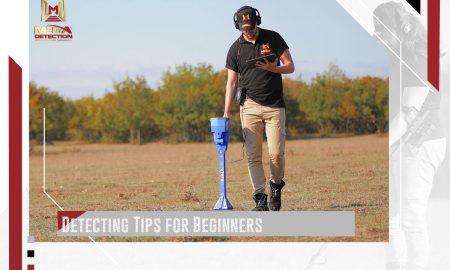

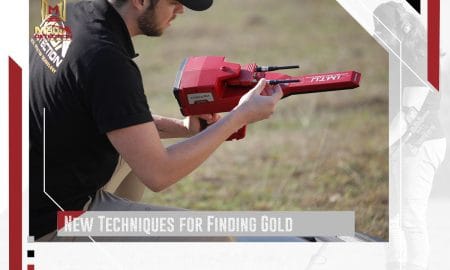
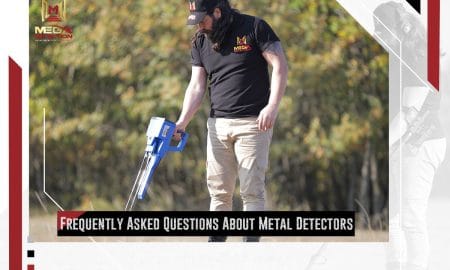

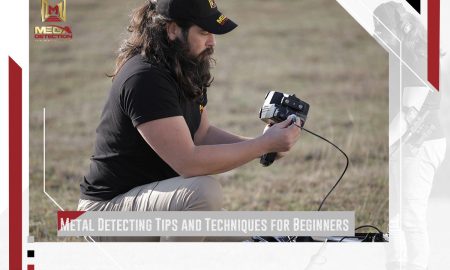

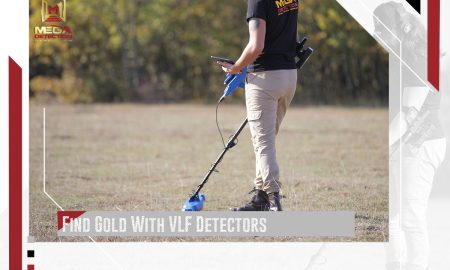
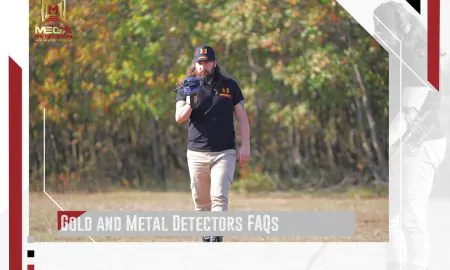
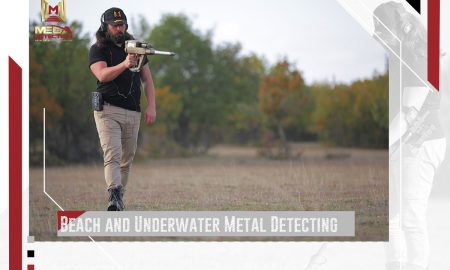
Leave a Reply